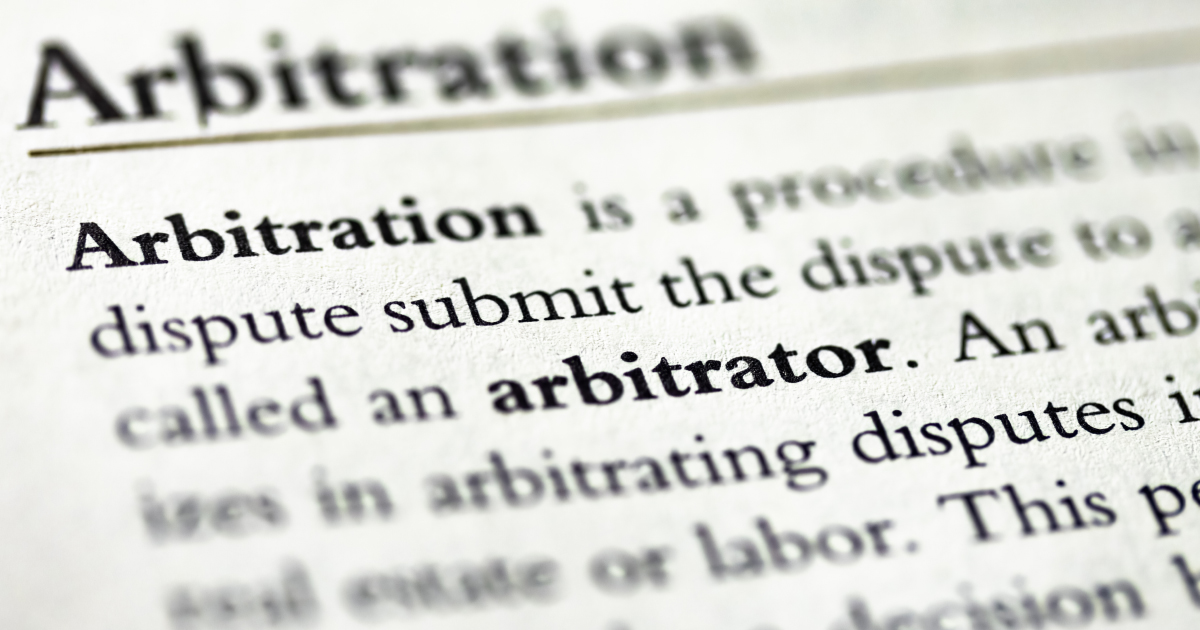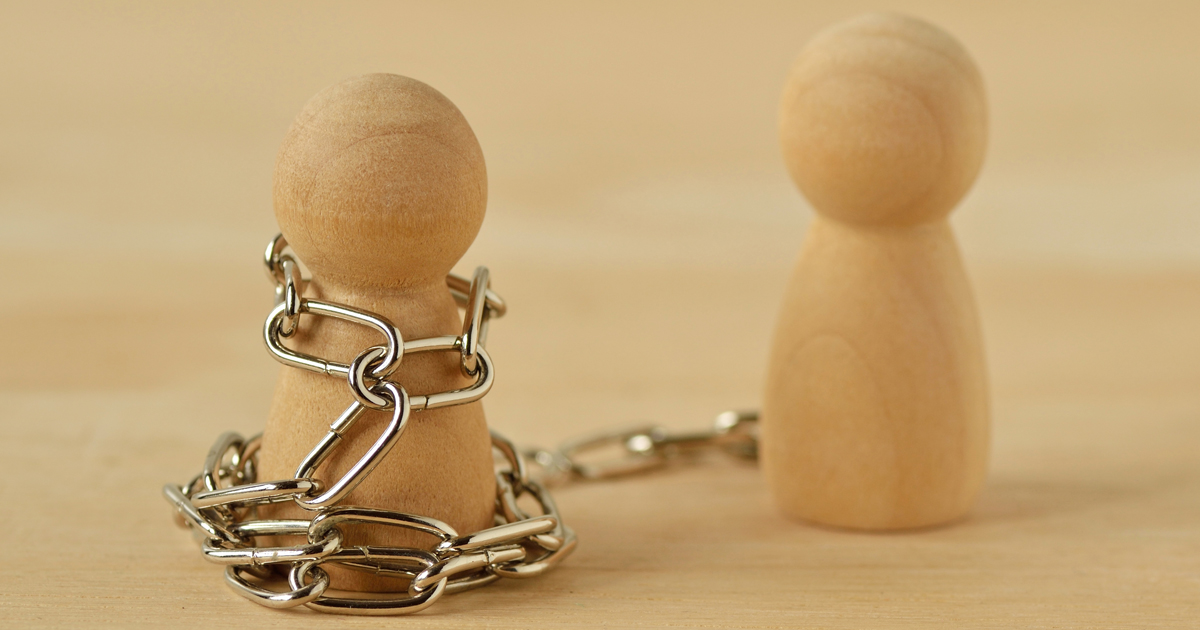The question of who gets custody of the children is often the number one concern of parents divorcing in Singapore. But although most people are familiar with the phrase “child custody,” many aren’t aware that it means more than who will live with the child on a day-to-day basis. Child custody has both a physical and legal component. When getting divorced, it’s essential to know the differences between the two.
Legal Custody
Legal custody refers to a parent’s power to make major life decisions relating to a child’s care and future. These may include medical, educational, and religious choices, among others. In Singapore, if you’re going through a divorce, a court may grant one of four types of child custody orders.
Sole Custody: When one parent has exclusive power to make major life decisions for the children without consulting the other parent. Singapore courts award these only rarely.
Joint Custody: When both parents share the responsibility of making major decisions for the children equally. This is the most common form of legal custody.
Hybrid Custody: When one parent has sole custody but must consult the other parent before making a life decision on certain issues that have been pre-determined.
Split Custody: When one parent has legal custody of certain siblings of the marriage, and the other parent has custody of other siblings. A court only grants this form of custody under special circumstances and when it is in the children’s best interests.
Physical Custody
In Singapore, physical custody is referred to as having “care and control” of the child. It refers to the parent with whom the child lives and who makes day-to-day decisions for the child. Typical daily decisions include bedtimes, whether the child is permitted to watch television, what the child eats, and so on.
Usually, only one parent has care and control of the child, which often makes this a central issue in a divorce. In some circumstances, however, a court permits the child to divide his or her time between parental homes, splitting care and control of the child.
The parent who doesn’t have care and control of the child (the “non-custodial” parent) is usually granted “access” to the child. The parents often work out together the terms of access, drawing up a schedule that accounts for weekends, holidays, birthdays, vacations, and other special events. The child’s wishes are also often taken into account. In some circumstances, the court may decide that supervised access is necessary, in which case the non-custodial parent may not visit the child without another authorized adult present.












